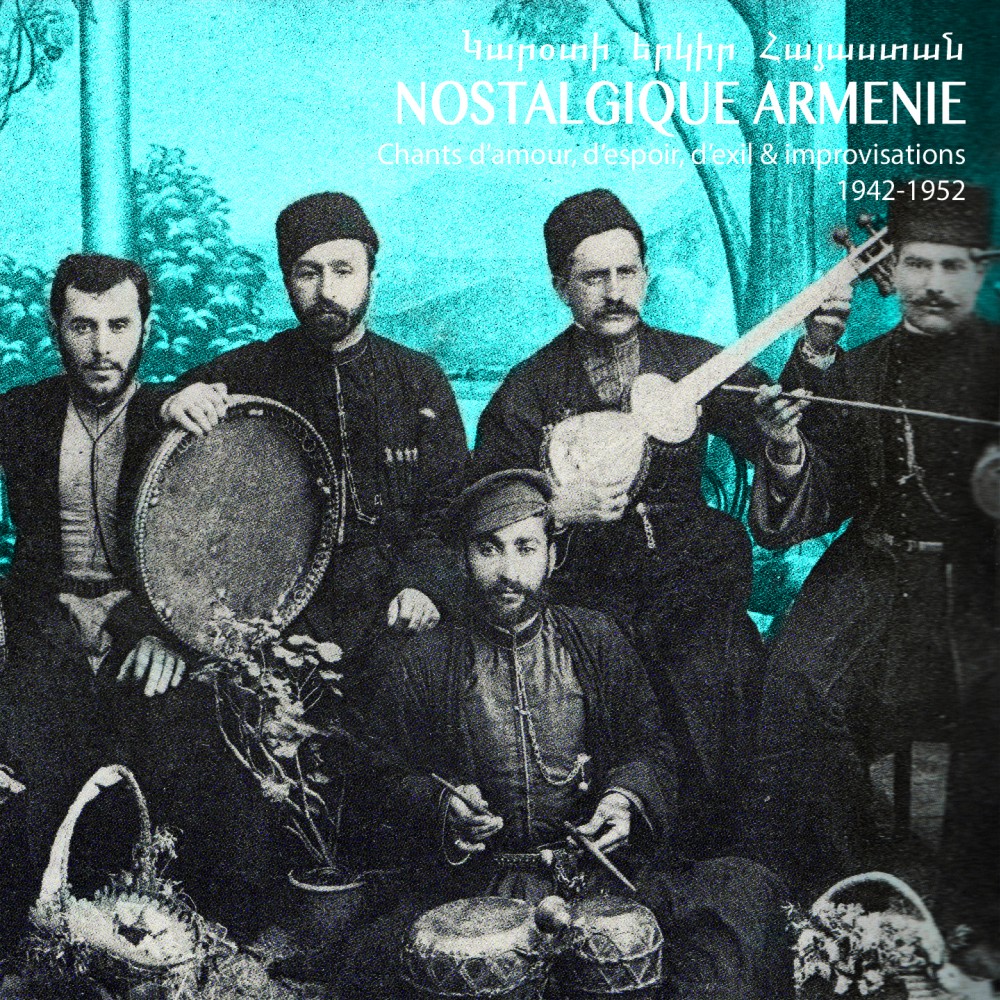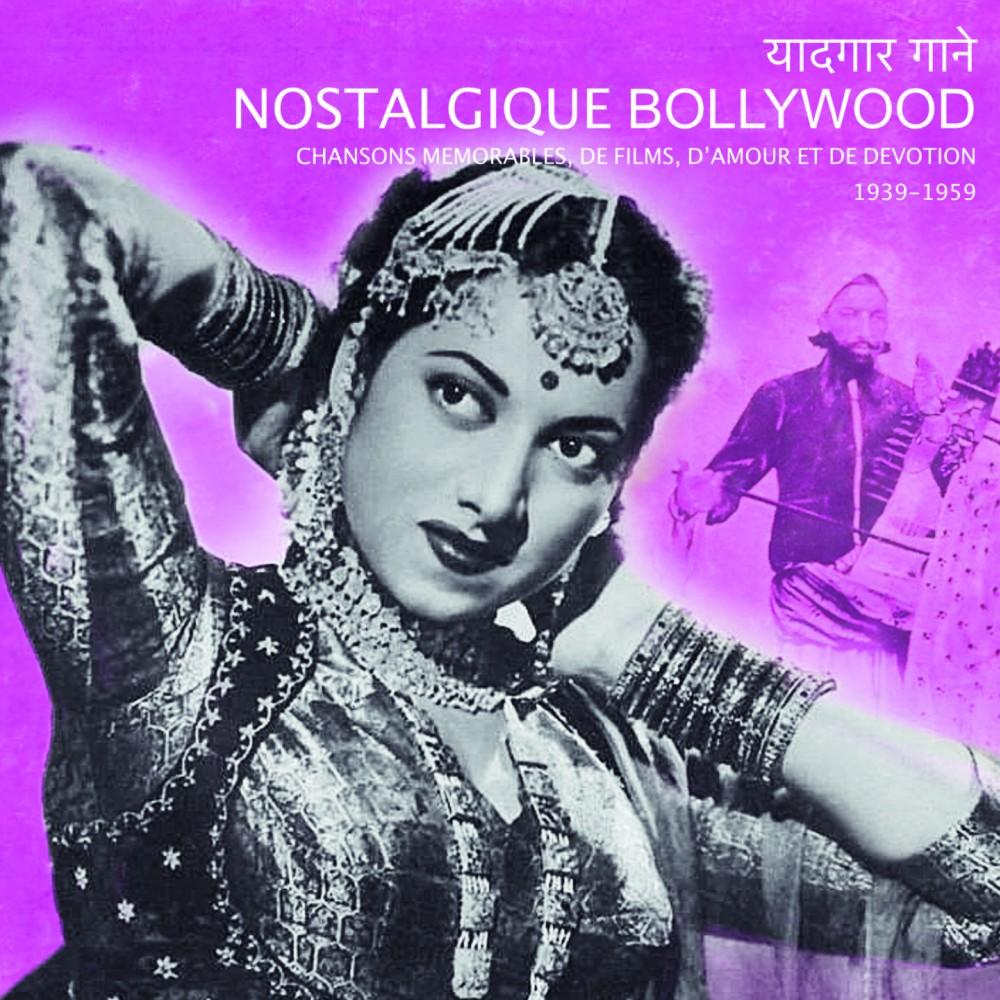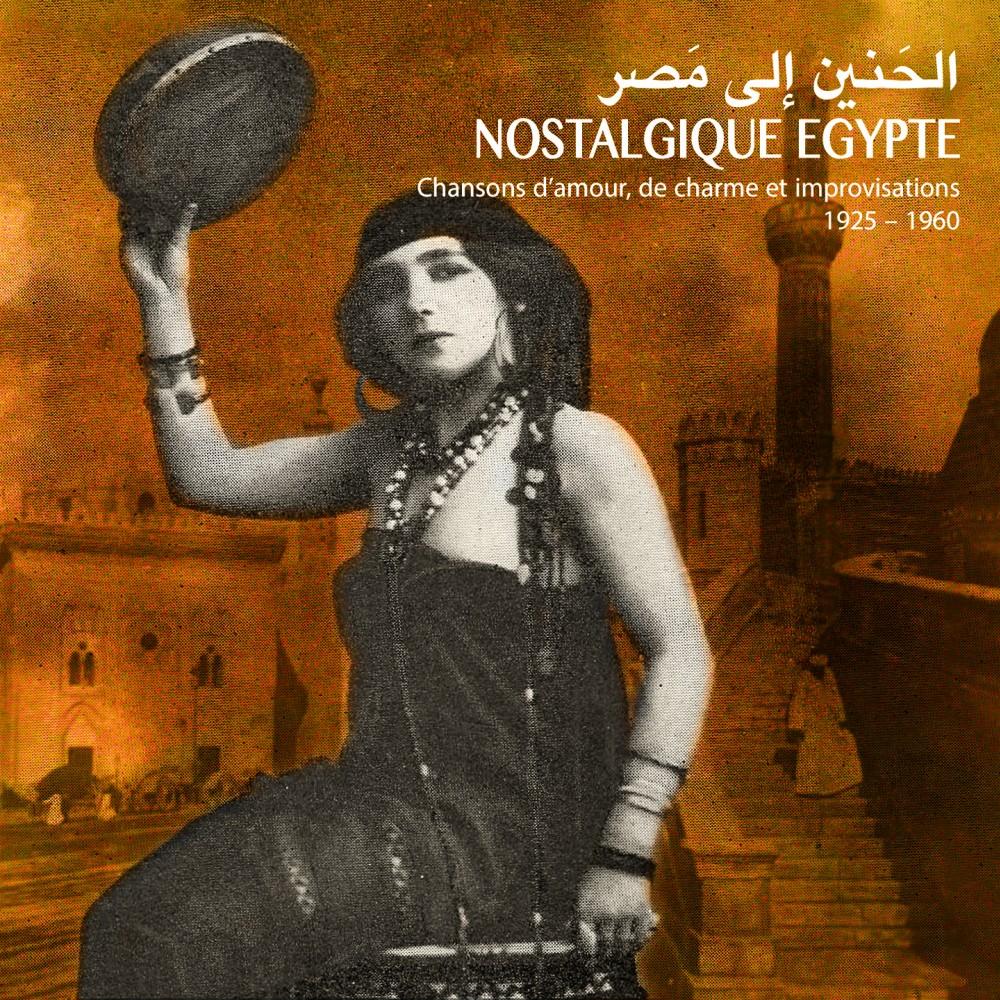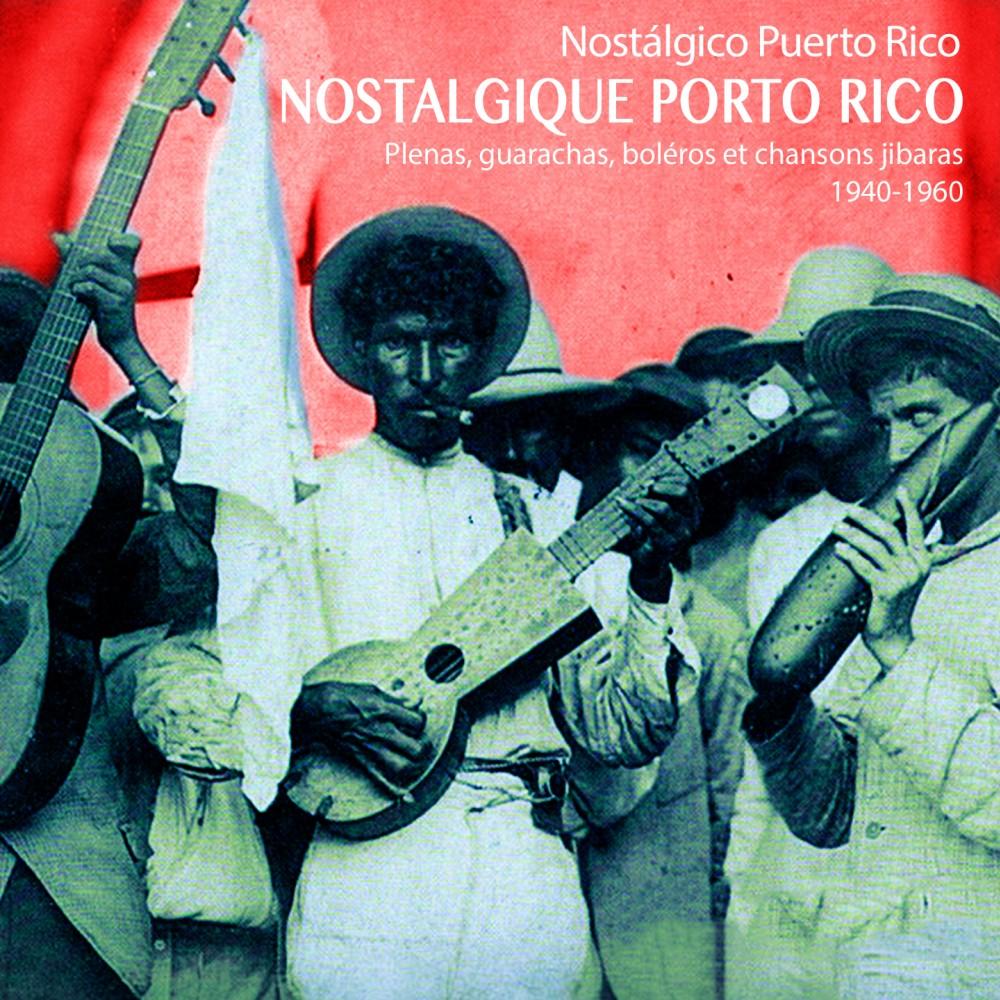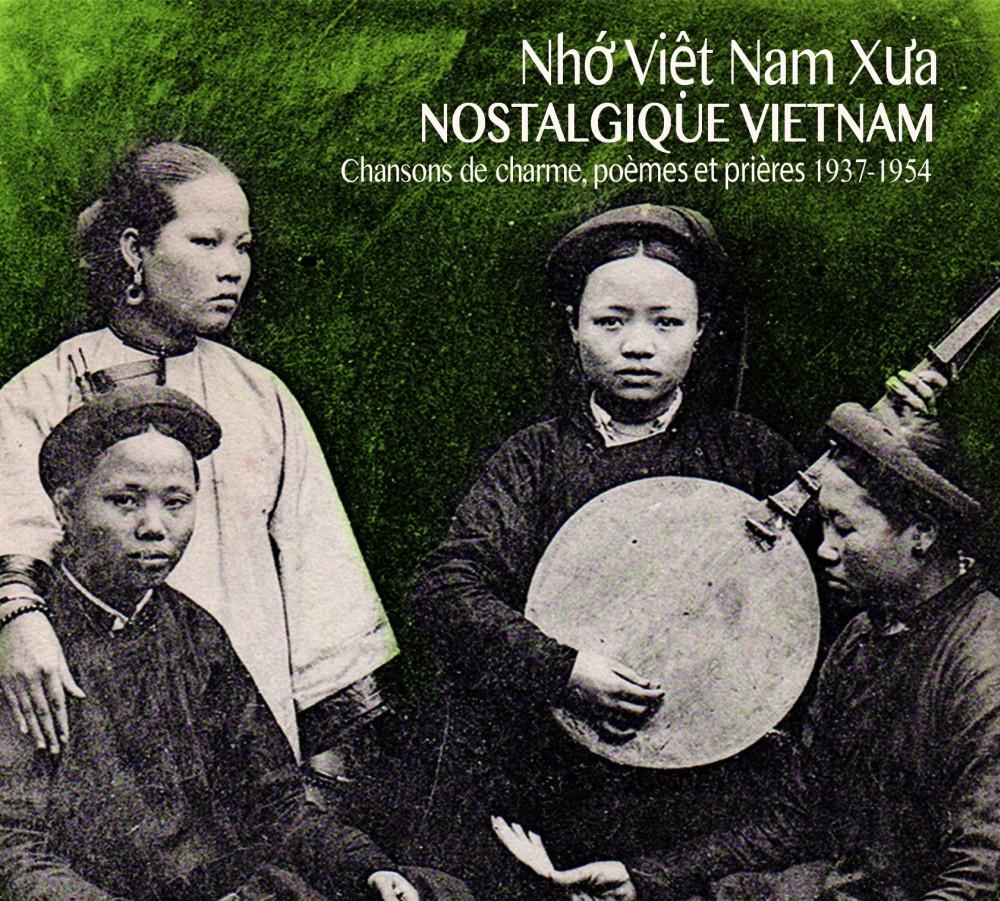Anachronistic Congo? Without going so far as the mythical kingdom that, at its peak, extended in the east from the Atlantic Ocean to the Kwango River and in the south from the Congo River to the Loje River, paying tribute to the Congolese rumba means embracing a territory far beyond the current boundaries of the current Republic of Congo and the former Belgian Congo, now the Democratic Republic of Congo. This urban dance music, born at the end of the 1930s, was destined to resonate throughout Africa in Bantu languages such as Lingala, Swahili, Kikongo and Douala. On both banks of the Congo, the transplanting of the Cuban rumba took place in the interwar period, thanks to the passage in the ports of West Africa of cargo ships coming from the Caribbean. Trade multiplied with Cuban sailors and Liberian and Ivorian porters, 78rpm records changed hands and carried new sounds that gradually infiltrated the land along the course of the river. And so ten years later, Africa would be flooded with records of Afro-Cuban music, starting with those published by the British firm EMI under its His Master's Voice label. The code name “GV series” had no particular meaning but local legend translated it into “Great Vocalists”.
As our selection shows, the transplantation of Afro-Cuban rumba to Congo is one of the most important events in the history of African urban music. Perpetuated by artists of the stature of Tabu Ley Rochereau and Papa Wemba, the Congolese rumba continues to evolve after reclaiming, in the last century, a polyrhythmic sound whose source lies in Central Africa.
